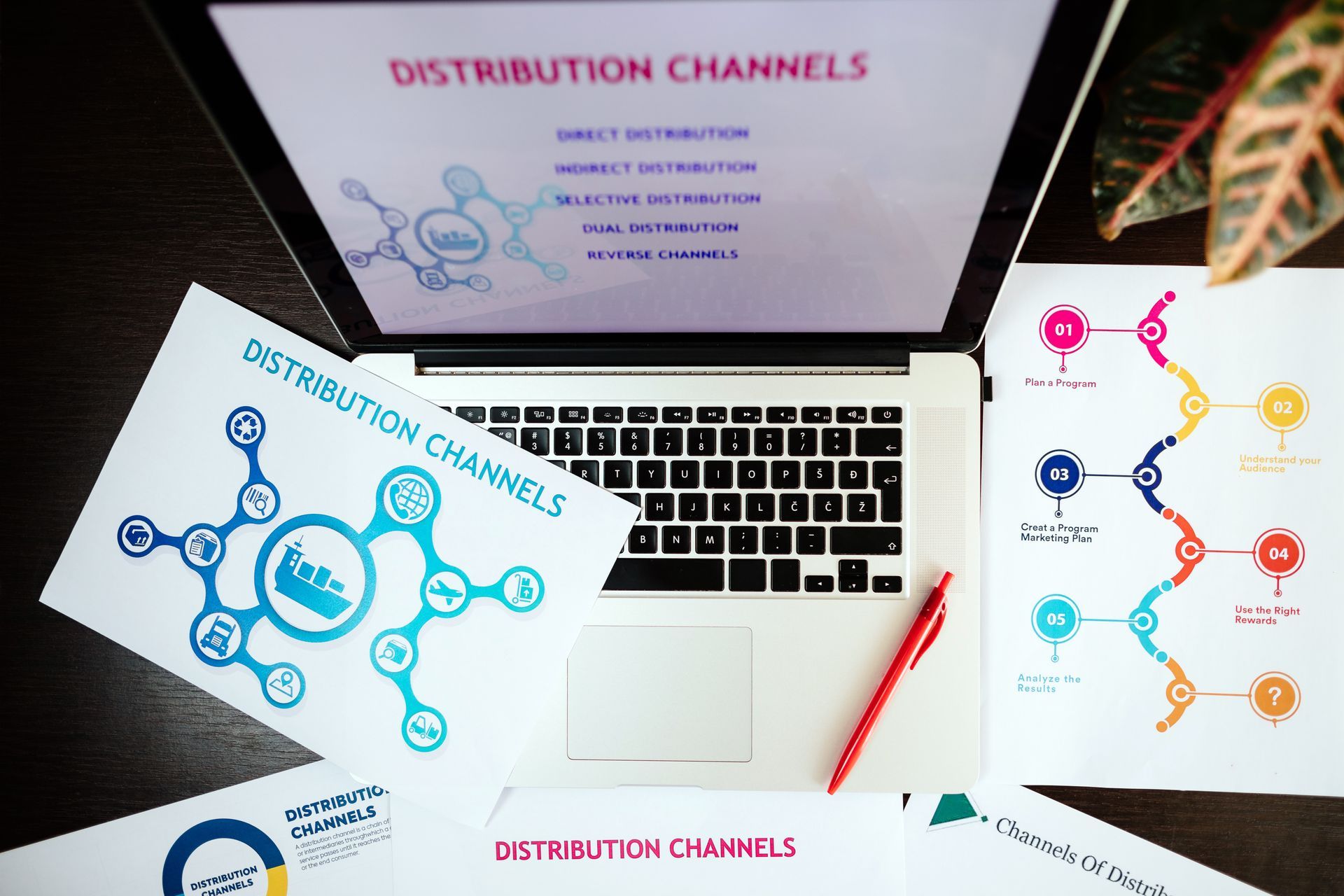Ad Performance in the Cookieless World: The Incremental Micro Factors
This is the 4th and the last one in this series on managing “
Ad Performance in the Cookieless World
”. You can find the first three here:
Ad Performance in the Cookieless World: Soar or Crash
Your Advertising Analytics Could be Misleading You
Bringing in New Visitors: Not all paid clicks are created equal
We have discussed some macro factors so far. In this blog, I will discuss various micro factors and rate their importance. I am sure some of the marketers will disagree with me on calling these factors as micro. But I believe that a disproportionate amount of marketing spend flows through these various techniques and the value of these marketing techniques are measured in a convoluted way. So, I will welcome a good debate!
Retargeting:
Let’s start with retargeting. You can get good incremental uplift with retargeting. But are you overdoing it? How much of your ad budget is going to retargeting? Are you annoying your potential customers rather than truly reminding them of your product or that abandoned shopping cart? Unfortunately, most companies over index on retargeting, spending a lot of ad dollars that only results in fatigued ad impressions to their hapless consumers who then install an ad blocker. Get a measurement of frequency on retargeting ads and keep it small. See if the money spent on retargeting systems and retargeting ad dollars to the return generated is worth it? Don’t rely on the ad platform doing the retargeting to tell you how good the performance was. It’s no brainer, the performance will always be good, otherwise that ad platform or that publisher won’t exist. So, look for a neutral measurement tool.
1:1 Targeting and Segment Targeting:
Next, is one-to-one targeting. If the channel is email or direct mail, this can be a significant factor. But in digital ads, one-to-one targeting mainly works for on-site personalization. Off-site ad targeting is always at the segment level due to privacy reasons. Advertisers spend a lot of money on one-to-one targeting in digital to build out “people-based” segments using third-party identity resolution services. They end up spending a lot of money in such services and tools to build people-based segment rather than relying on contextual audience.
If you have a good measurement tool and A/B testing culture, you can quickly figure out whether the cost and complexity of doing this kind of “people-based” segmentation in digital is worth the return. In my view though, this generally will be a minor factor rather than a major one.
On-Site Personalization
Then there is on-site personalization. This could become a macro factor depending on your business. But don’t try to find a solution that claims to improve your sales by X% using on-site personalization. That creates conflict of interest. The platform will be looking for ways to pad those numbers and your own team will be on the hook to show improvement for the dollars invested. Use a base platform that brings together a customer’s journey in a unified view and then use that platform to solve for one or two personalization use case. Treat this as a lower priority factor until you see the results yourself.
If you have the right omni-channel measurement platform, that same platform can provide you with a unified consumer view and help you do 1:1 personalization both onsite and offsite. All this requires the same good foundation.
Bidding Algorithms:
Finally, let’s consider the right bid strategy: This is more applicable to search advertising, but applies to other channels as well. Trying to fine tune bidding could result in good savings but the effort spent to get this right is high and the gain is fleeting. You can leave this to Google, Facebook, or any ad platform that says that they can optimize the bid based on your goal. They know their algorithms the best and they can game it at any time.
Online Ads to Offline Store Visits Measurement:
As for trying to tie online ad impressions to offline visits and using this to improve targeting, I would say, avoid this and spend the money somewhere else. If your bosses don’t want you to spend money unless it’s impact can be measured, then do your ads a bit differently. For example, do coupons on the ads that can help you tie the ad impression to store visit with unique coupon codes that the user can redeem.
Don’t try to spend a $1M on display ads through DSPs and then spend some more money to use some measurement partner to measure in-store lift. All such measurements are using the logic that if a crow sits on an apple tree and an apple falls from the tree at the same time, the crow must be responsible for that apple falling.
To measure offline retail sales effectively and tie to online marketing, upgrade your POS so that you are capturing emails for emailing the receipt rather than printing the receipt. You get the email of the customer that you can use to tie a lot of online activities and you also go green by saving some trees!
Overall, with the demise of the third-party cookies , it’s time to reflect on your overall marketing program and use this opportunity to wean yourself from initiatives that depend on third-party data and where incentives are not aligned with you getting the most return for your marketing dollars, but rather aligned with you spending the most dollars. Using a first-party based unified consumer data platform and neutral marketing measurement tool would help you get ready for the next era of marketing.
The post Ad Performance in the Cookieless World: The Incremental Micro Factors appeared first on LayerFive.
You might also like:




